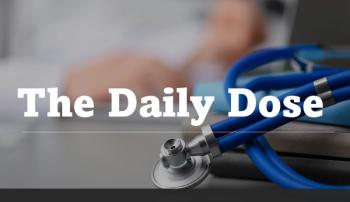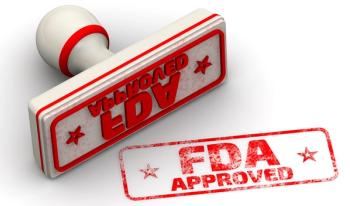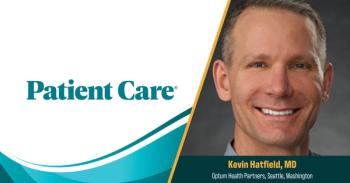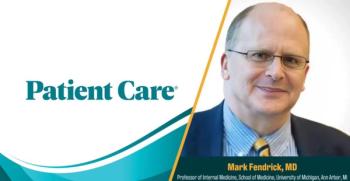
13 Key Action Steps on Pediatric Obesity Evaluation and Treatment: An American Academy of Pediatrics Guideline Topline
The 13 Key Action Steps in the AAP's landmark obesity guidelines reflect more than a decade of research on evaluation and treatment of the disease in children and adolescents.
The American Academy of Pediatrics on January 9 published
The comprehensive guideline incorporates data collected over more than a decade on health equity, structural racism, social determinants of health, and weight bias and stigma in addition to the leading evidence on the physiology of the disease of obesity and on new and emerging treatments.
The following guideline topline highlights the AAP's Key Action Statements -- recommendations based on evidence from RCTs and comparative effectiveness trials as well as longitudinal and epidemiologic studies.
Newsletter
Enhance your clinical practice with the Patient Care newsletter, offering the latest evidence-based guidelines, diagnostic insights, and treatment strategies for primary care physicians.


















































































































































































































































































